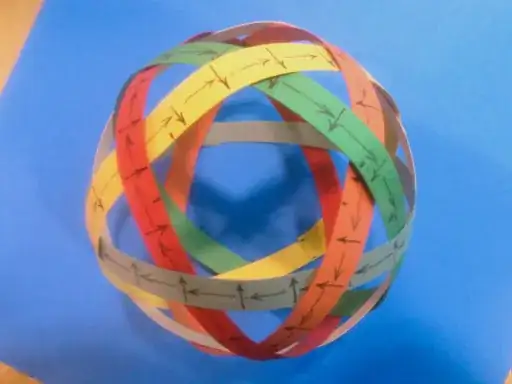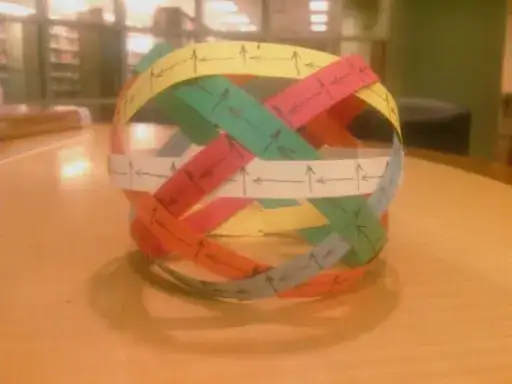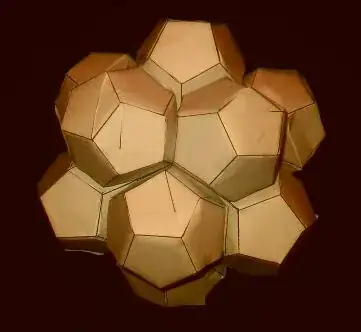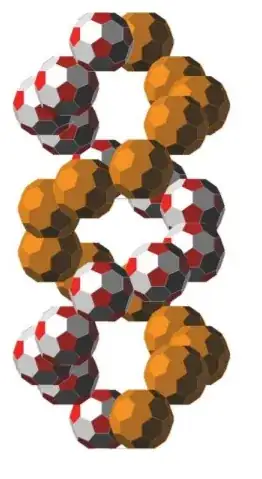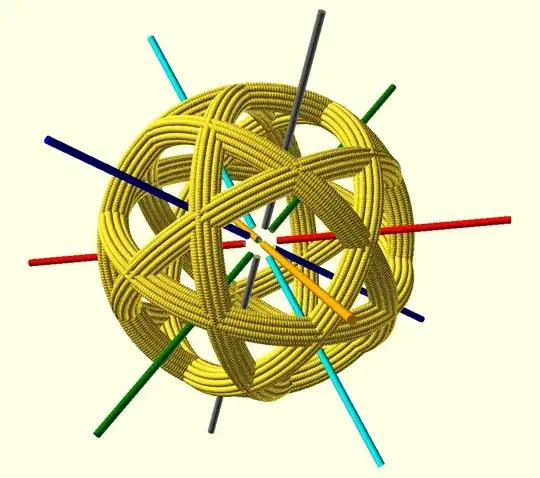Several years ago I have proposed an open source spherical magnetic vessel to contain plasma for nuclear fusion which can be seen by following this link.
A photo of it is seen below.

A question here asks why the torus is used instead of a sphere to contain plasma.
My understanding is that too much heat is lost with a torus to sustain fusion because the plasma is stretched out around the reactor which exposes a lot of surface area. So if it were possible to make a spherical magnetic container that should help.
The accepted answer cites the hairy ball theorem which states that a sphere will always leak flux somewhere because it is not possible to map a smooth non-zero, and continuous vector field onto its surface.
The device I propose gets around this problem by constantly moving the opening in the magnetic field so that by the time the plasma has reached this opening, the opening has moved to a different location. The plasma tries to follow the opening which causes it to rotate in pitch, roll, and yaw so that it cuts across the magnetic field lines of the coil which induces current and a secondary magnetic field in the plasma. And since the plasma is rotating in three different axes, it also cuts across its own magnetic field which should cause compression.
Each of the six coils is powered individually.
Six separate signals from a computer are fed to six channels of amplification which are then fed to the coils. The interplay of the magnetic fields induced by the six coils is what makes the field rotate in pitch, roll, and yaw at the same time.
Or if powered as shown by the paper models above then the plasma would be expelled.
Perhaps these devices could be clustered as shown below.
Or perhaps a track could be made as shown below which might be another way to impart spin to the plasma.
Update to question on 2024/06/21 The following OpenSCAD drawing came out of all the conversation from this question. The 12 rods represent electrodes for creating arcs of plasma and the coils are for manipulating the plasma. I understand that no one thinks it will work but it is fun to think about and I hope to experiment with a working model in the future. Thanks to all for the dialog.
